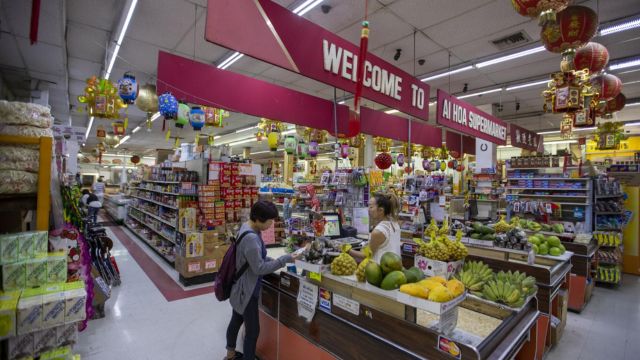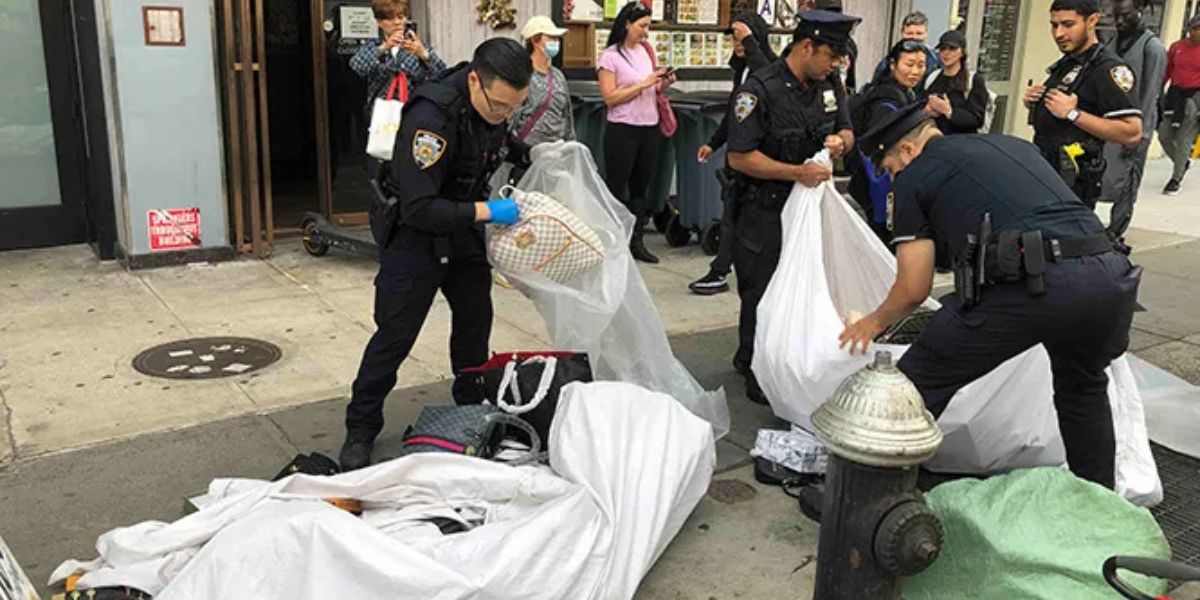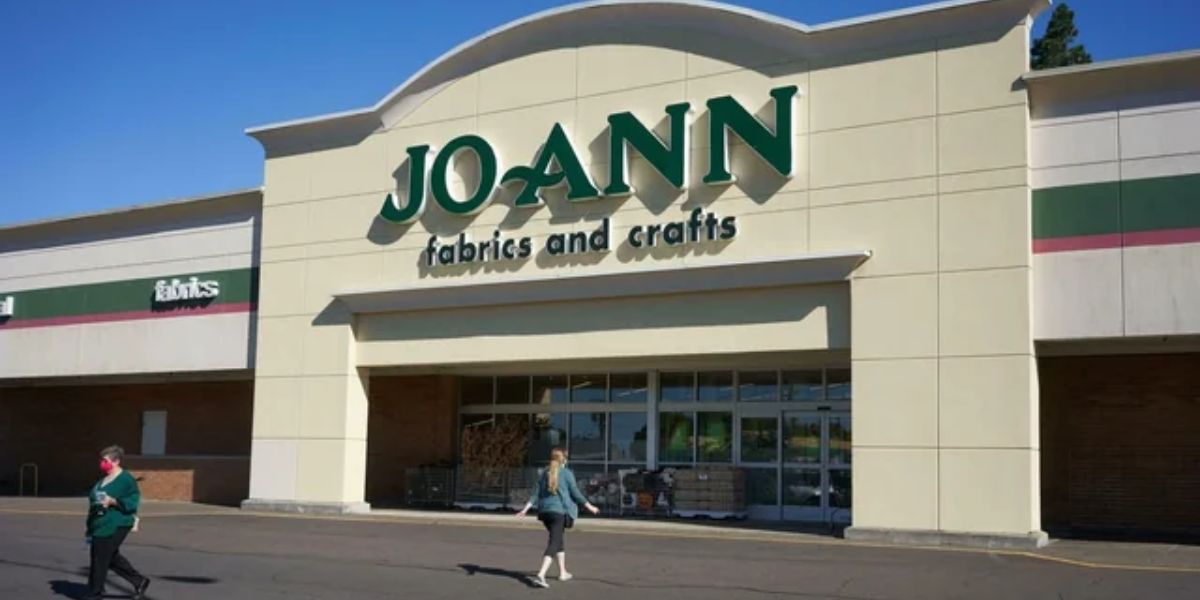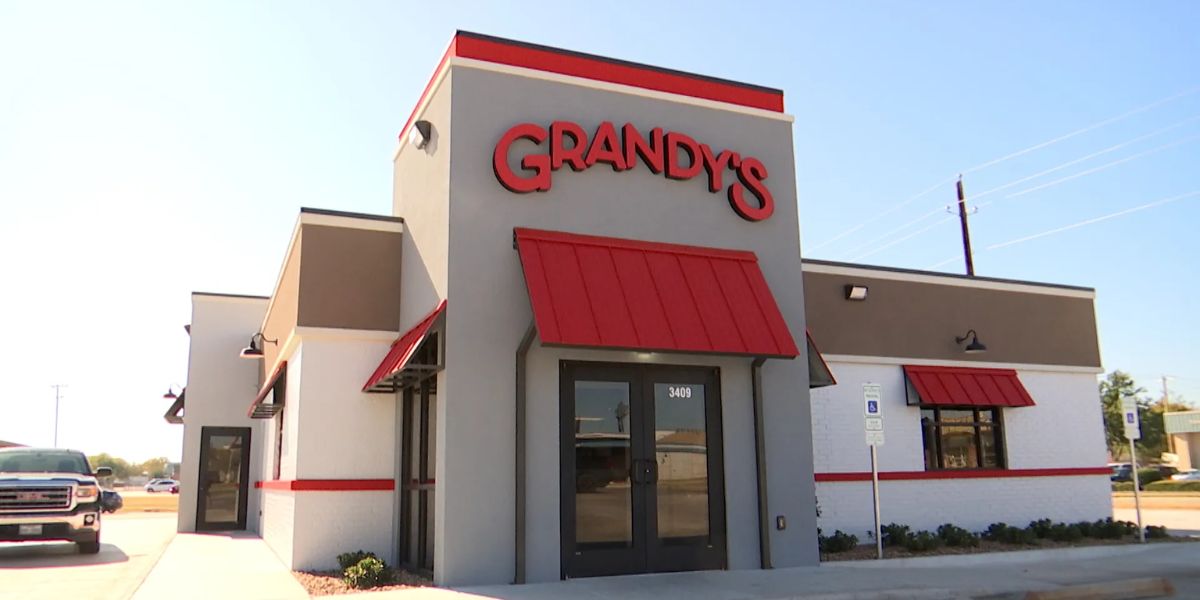The city’s Department of Small Business Services (SBS) released a report that depressingly depicts the condition of Chinatown’s commerce.
As stated in the report titled “Chinatown Manhattan: Commercial District Needs Assessment,” the area was originally centered on the three blocks of Mott, Pell, and Doyers streets and was “established by immigrants primarily from the Toisan, Guangdong province of China in the 1870s.” It was formerly inhabited by waves of African, Irish, German, Jewish, and Italian immigrants.
There are 57,159 people living in Chinatown, and 60 percent of that population is Asian. These locals have a median household income of $35,805 and a median age of 43.6. Nearly half of the locals were born outside of the country, and nearly half of those people have not finished high school.
There are no clear boundaries to Chinatown, even though it revolves around Canal Street. In this analysis, the community is characterized as an irregular polygon of 55 square blocks, with Grand Street to the north, Allen Street to the east, and a jagged line formed by Worth and Madison Streets to the south. On the west, we have Broadway; on the north, we have Grand Street; and on the east, we have Allen Street.

Out of 1,803 storefronts in this area, 386 (or 21.4% of the total) are unoccupied. This proves that the conventional wisdom about Chinatown stores is completely wrong. Following “vacant” in terms of store count, full-service restaurants occupy 9.3 percent of the available space, jewelry stores 136 spaces, or 7.5 percent, and pharmacies, herbalists, and vitamin stores 106 spaces, or 5.8 percent.
New York Hit by Another National Chain’s Store Closures
Of Chinatown’s six retail corridors, the one with the highest percentage of vacant stores (27%) is East Broadway, while the one with the lowest percentage is Mott and Bayard Streets (11%). Sidewalk space in Chinatown that does not cost rent is becoming more and more scarce as storefronts sit empty. “Consumer goods, apparel, and plant vendors on Canal, Mott, and Hester streets and East Broadway; and counterfeit goods vendors on corridors that attract tourists,” the SBS report notes, highlighting the concentration of vendors on certain commercial corridors.
Last but not least, 27% of Chinatown street vendors deal in “counterfeit goods.” This is the biggest group by far. “Food and drink” (at 20%) and “Apparel and Accessories” (19%) followed closely behind. The average number of years a vendor has been in business is 11.6 years, and 63% of those vendors say they work “six or seven days per week.”
While 59% of store owners and 70% of street vendors report a decrease in business in the past few years, the vast majority of both groups agree that this is the case.
“Street safety” and “improved sanitation” are the two main issues that merchants say they want addressed in order to boost their businesses. In these contexts, the SBS analysis notes, “density of commercial activity and limited sidewalk space create challenges related to sanitation and street cleanliness, and leave many blocks with no greenery.” It also notes, “an increase in anti-Asian crime has presented safety concerns for merchants, residents, and consumers, and inadequate lighting throughout the district causes streetscapes to appear unwelcoming or unsafe at night.”




